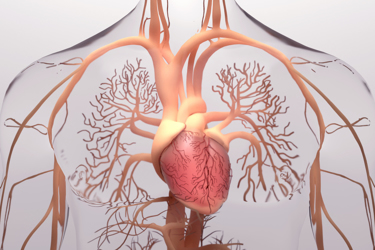Textile-Engineered Tissue Scaffolds Offer Advances In Hollow Organ Regenerations
Peter D. Gabriele, Corporate Technology Fellow, Secant Group

Regenerative medicine (RM) holds the potential to address some of society’s most intractable health problems and restore or establish normal bodily function. Today, regenerative medicine is an emerging technology that relies on the convergence of a number of competencies in biotechnology and bioengineering. By merging these collective competencies, researchers hope to provide the critical answers to the complex problems of tissue engineering and extend these concepts into regenerative medicine.
Advanced high definition 3-D textile architecture (HD3DTA) employed in the creation of luminal scaffold constructs is one example in which regenerative medicine has enjoyed the convergence of strategic technologies and resources. A significant proof point is the pairing of biomedical textile engineering with innovative fiber biomaterials in tissue scaffold development. These luminal structures with 3-D functional mechanical architectures can enable the engineering of hollow-bodied constructs for numerous hollow organ regenerative applications.
Get unlimited access to:
Enter your credentials below to log in. Not yet a member of Med Device Online? Subscribe today.
